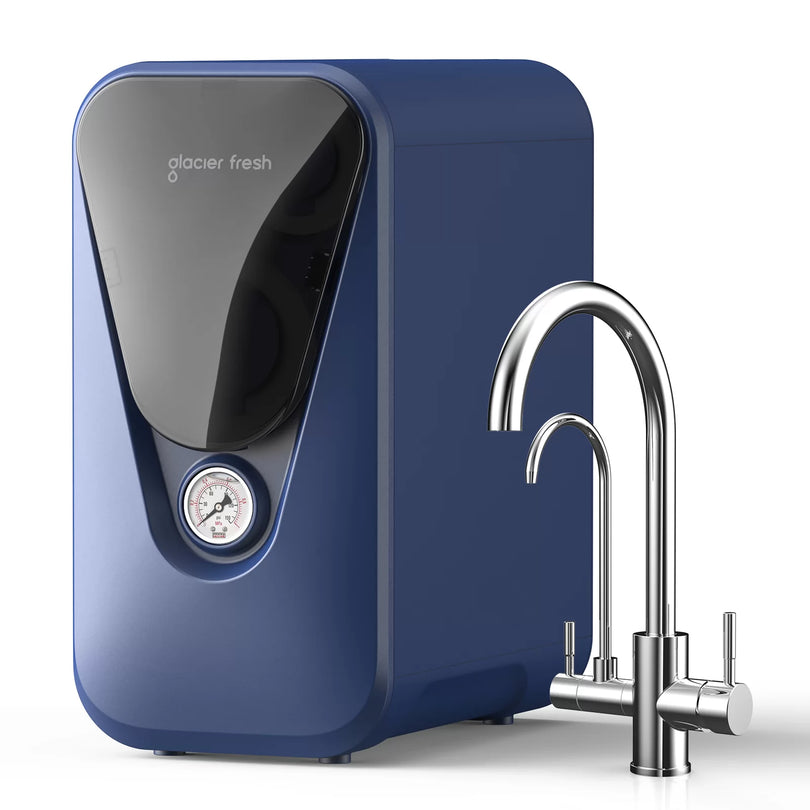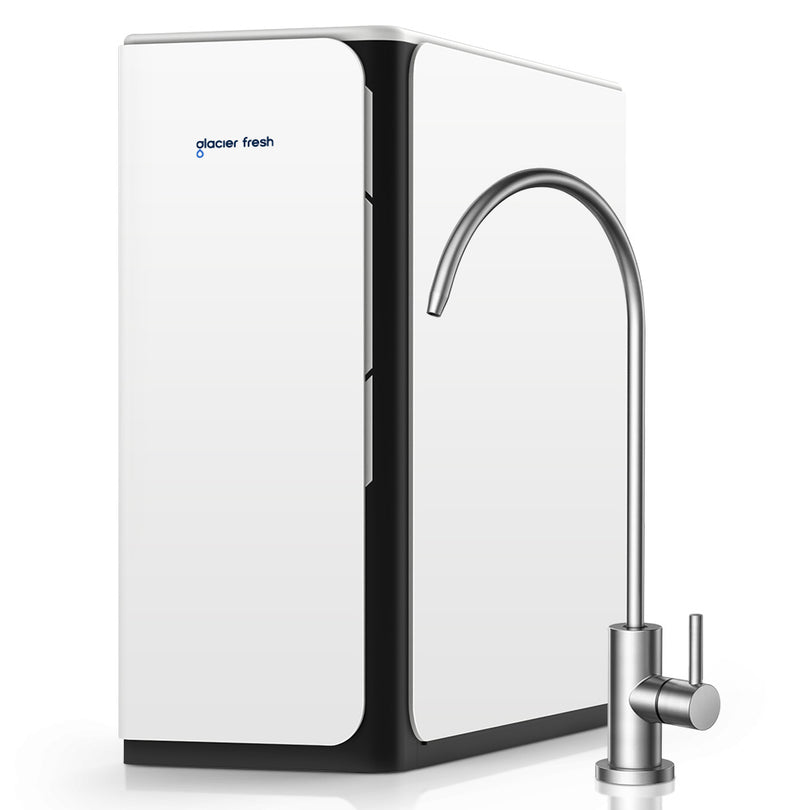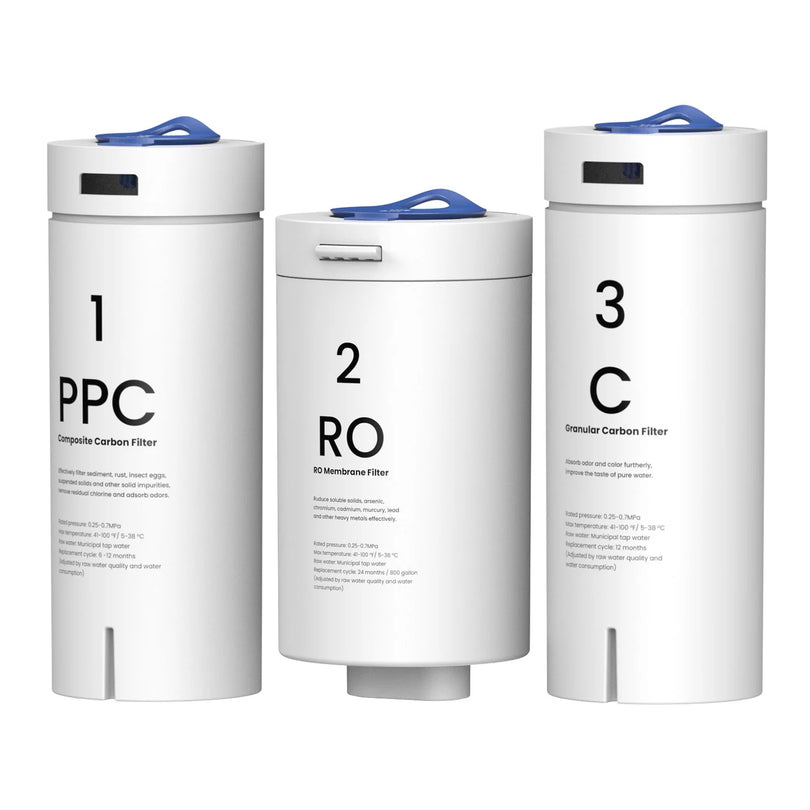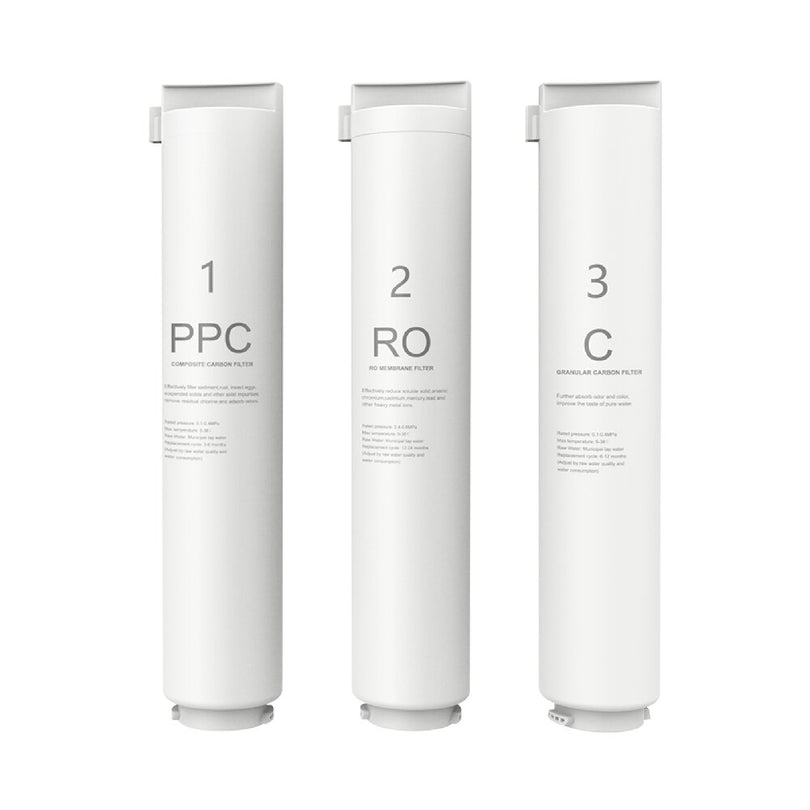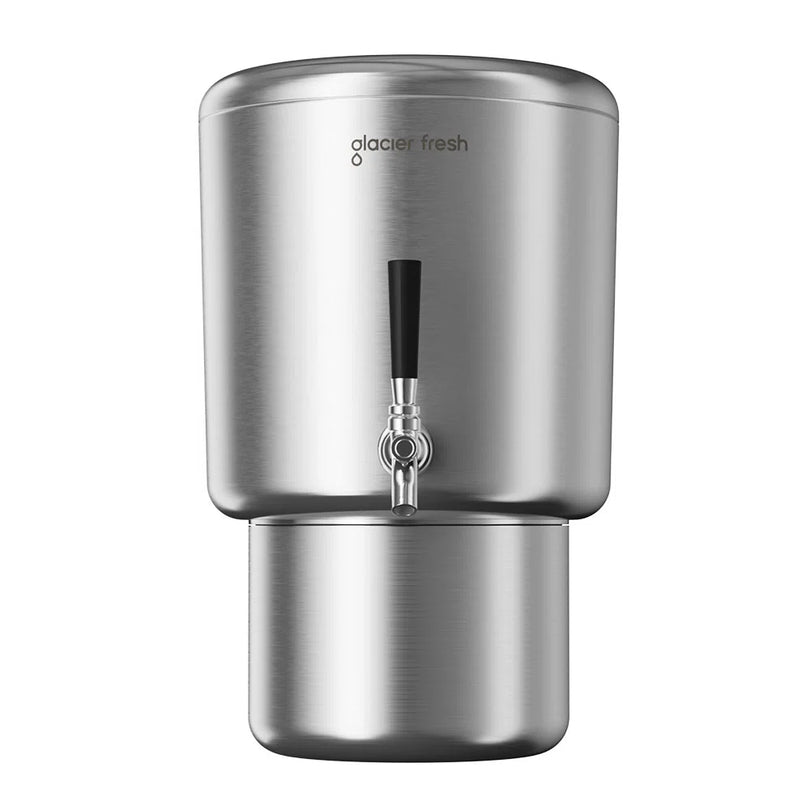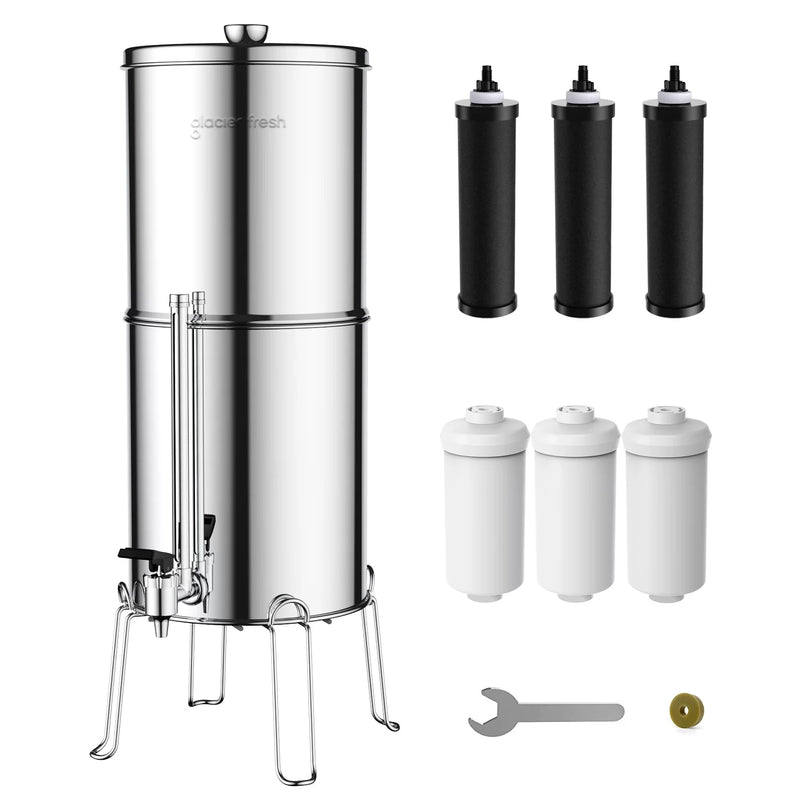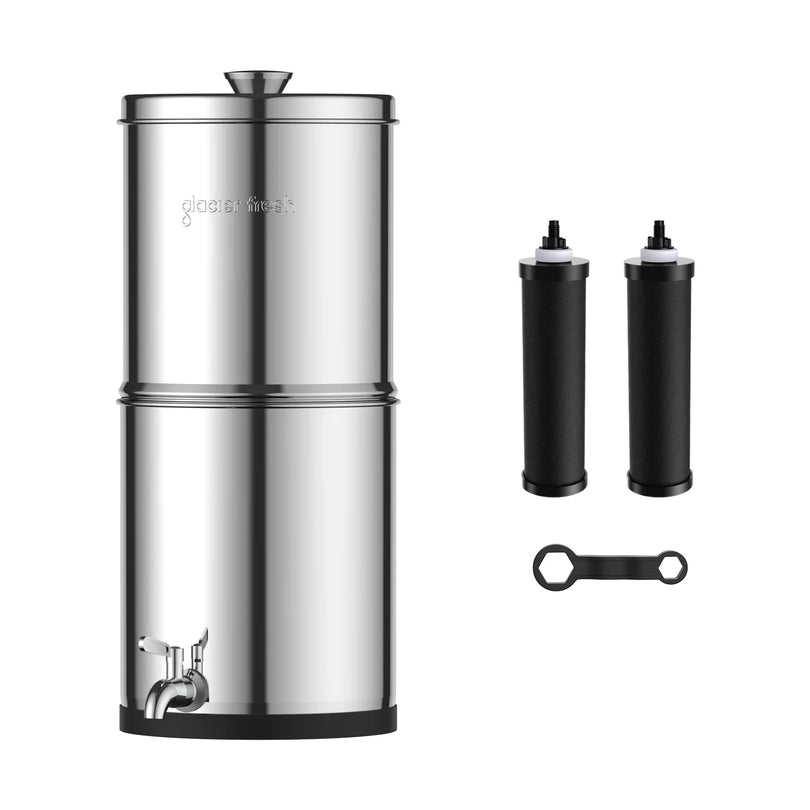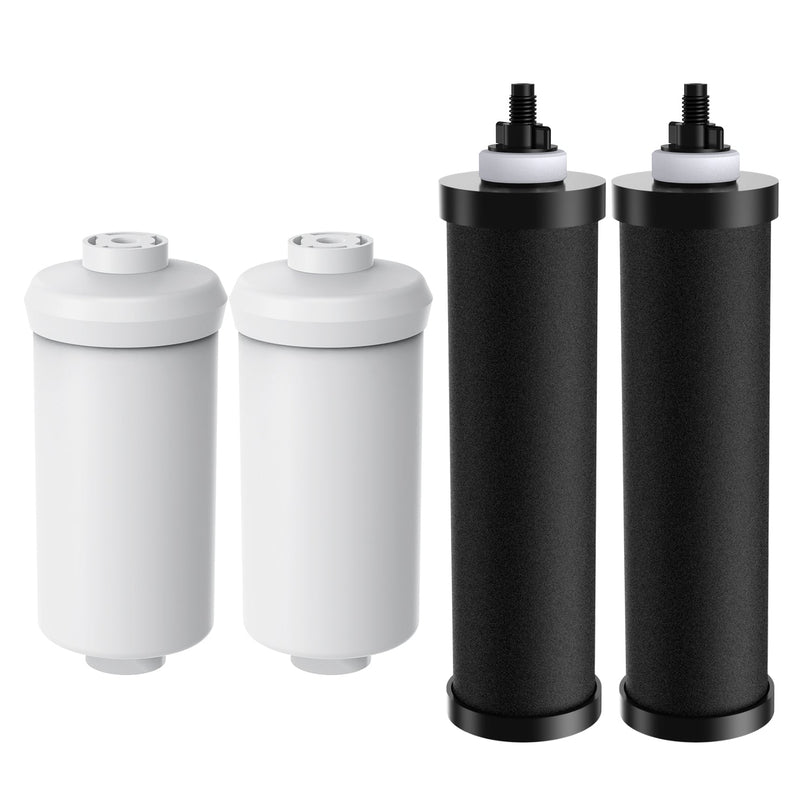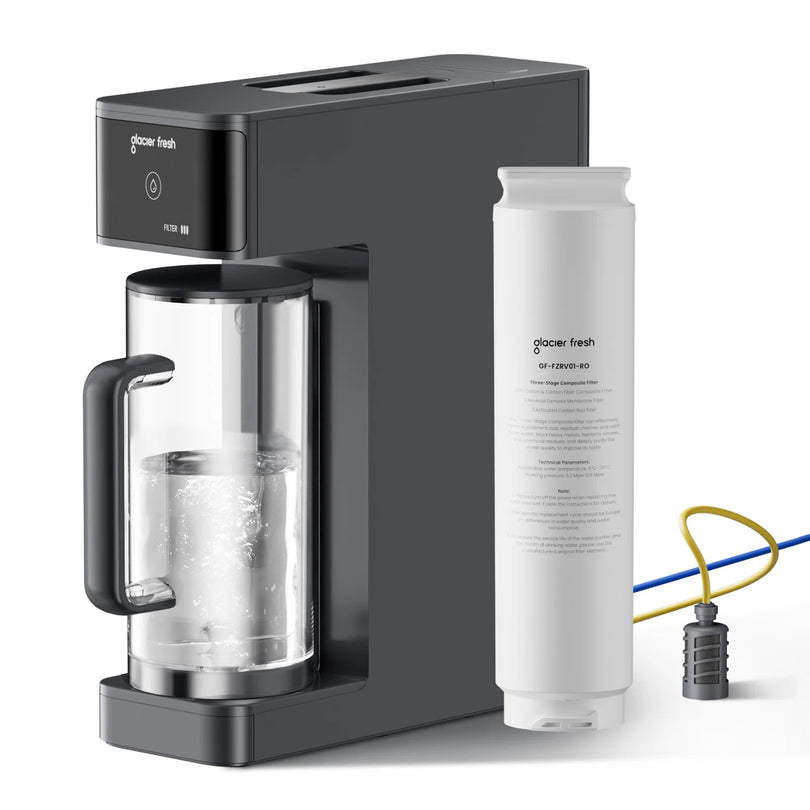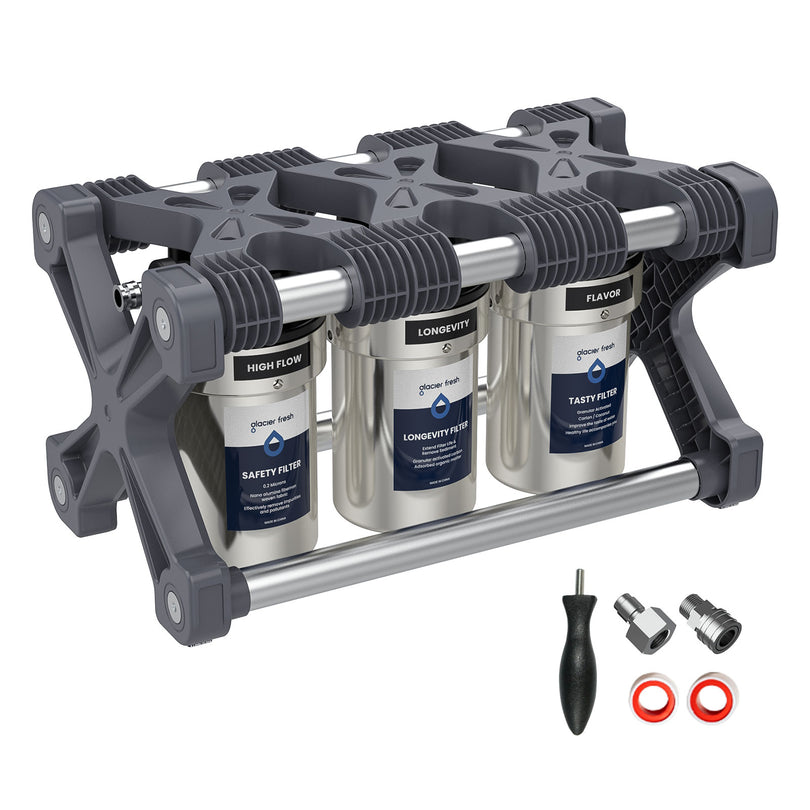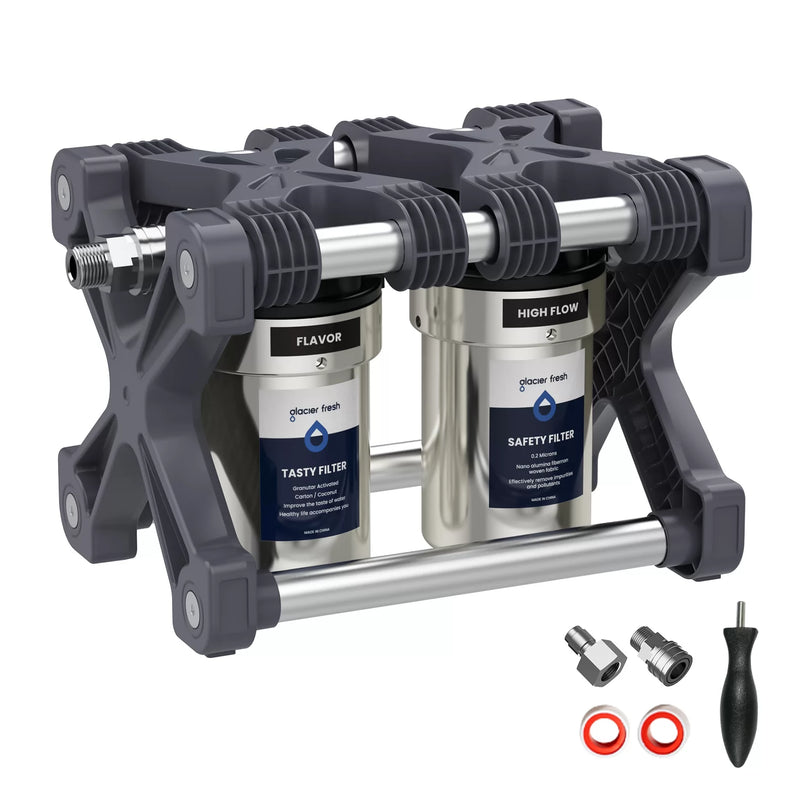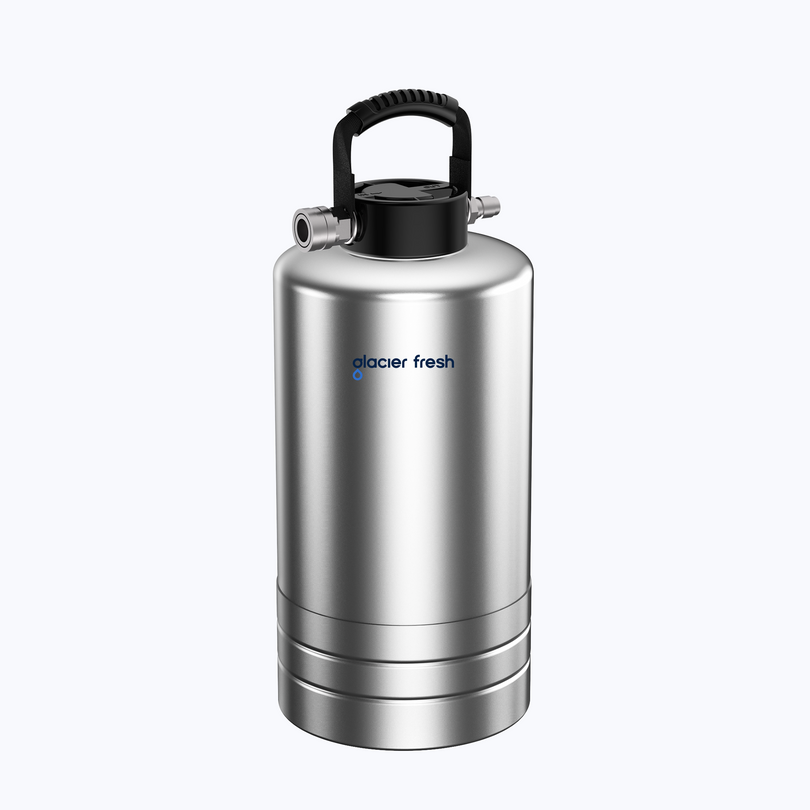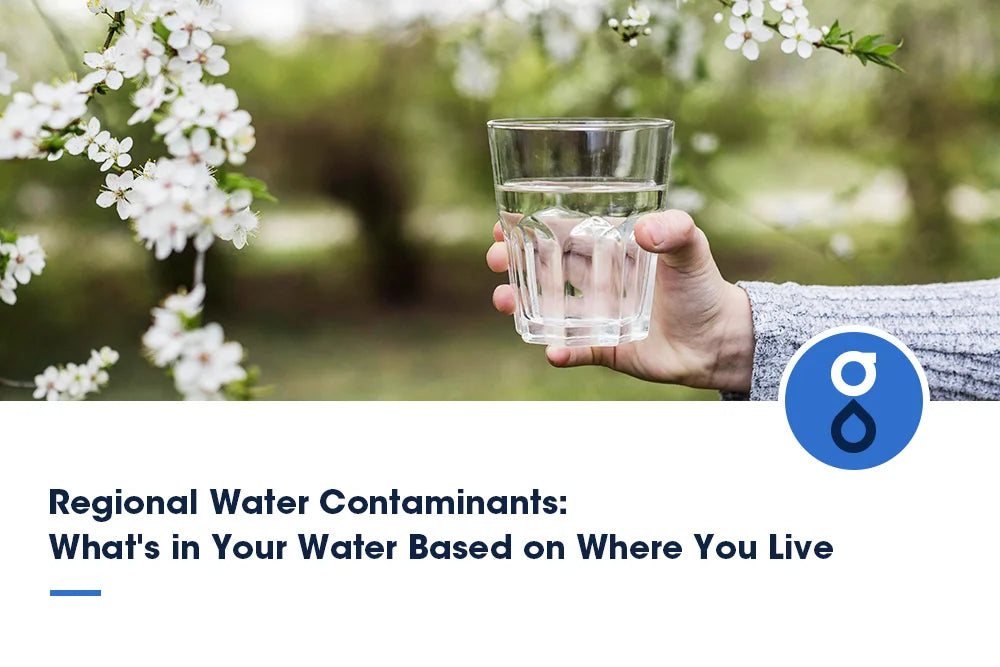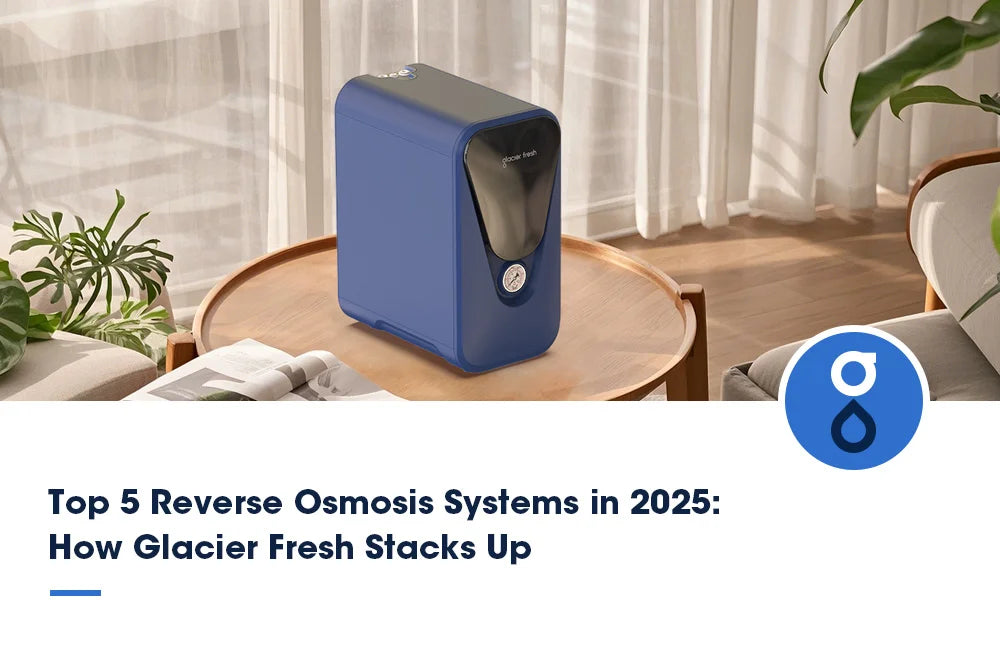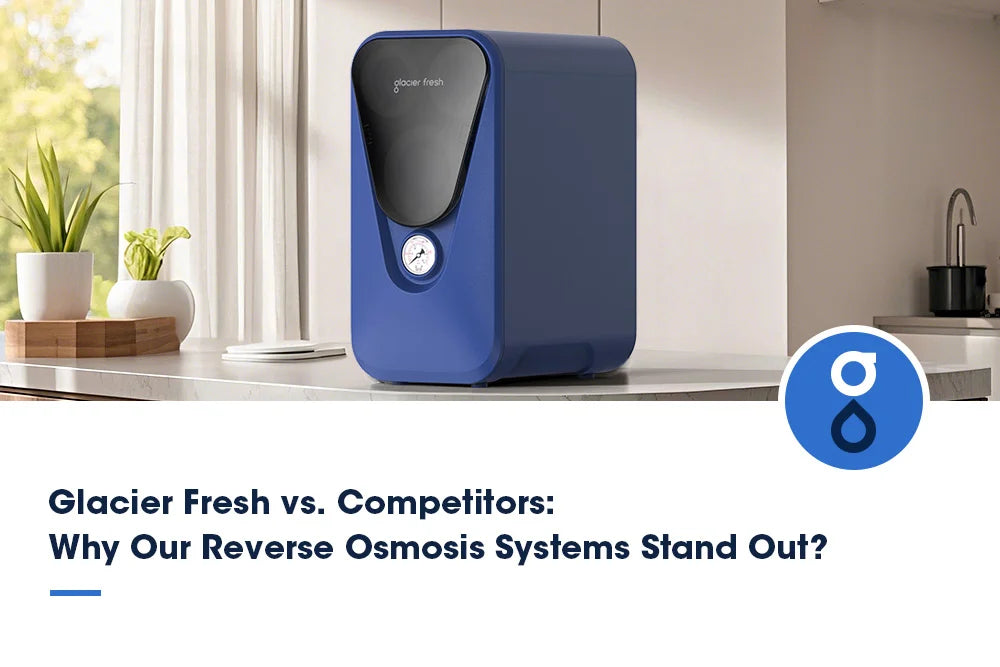Table of Contents:
Understanding regional water contaminants
Major water contaminants
by region
How to identify contaminants in your water?
Best water filtration solutions for your region
Steps to take for safe
drinking water
Conclusion
Clean water is essential for health, but not all tap water is created equal. Depending on where you live, your water may contain different contaminants—some naturally occurring, others from industrial pollution, agriculture, or outdated infrastructure. Understanding the specific risks in your region is the first step toward ensuring safe drinking water for you and your family. In this guide, we’ll explore the most common water contaminants across different U.S. regions and what you can do to protect your water supply.
Understanding regional water contaminants

Water quality varies based on its source—municipal systems, wells, rivers, lakes, or underground aquifers. Several factors influence regional contamination levels, including:
- Geology – Natural arsenic, uranium, or heavy metals deposits in certain regions can leach into groundwater.
- Industry – Manufacturing plants, mining operations, and chemical facilities can introduce pollutants like lead, mercury, or PFAS into local water supplies.
- Agriculture – Runoff from farms often carries pesticides, nitrates, and fertilizers into nearby water sources.
- Infrastructure – Older cities with outdated lead pipes may have higher levels of lead contamination in their drinking water.
By understanding these factors, you can better assess the risks in your region and take steps to protect your household.
Major water contaminants by region
Northeast U.S.
- Lead contamination – Many cities in the Northeast have aging infrastructure, increasing the risk of lead leaching from old pipes.
- Industrial pollutants – Former industrial zones may still have lingering pollutants like polychlorinated biphenyls (PCBs) and per- and polyfluoroalkyl substances (PFAS).
- Road salt runoff – Heavy winter road salting can introduce excessive sodium and chloride into water supplies, affecting taste and safety.
b. Southeast U.S.
- Agricultural runoff – Large-scale farming contributes to high nitrate and pesticide levels, which can seep into drinking water.
- Chlorine & disinfection byproducts – Warmer temperatures require higher chlorine use in municipal water treatment, increasing chemical byproducts like trihalomethanes (THMs).
- Hurricane & flood contamination – Storm surges and flooding can introduce sewage, bacteria, and heavy metals into water supplies.
c. Midwest U.S.
- Nitrates & pesticides – Intensive agriculture results in high nitrate contamination, which poses risks to infants and pregnant women.
- Atrazine exposure – This herbicide, commonly used in corn farming, has been linked to hormonal imbalances and other health concerns.
- Iron & manganese in well water – These naturally occurring metals can cause discoloration, staining, and metallic taste in water.
d. Southwest U.S.
- Arsenic & uranium – Desert regions have high levels of arsenic and uranium in groundwater, both of which pose long-term health risks.
- Water hardness – High concentrations of calcium and magnesium cause scaling and buildup in plumbing and appliances.
- Groundwater depletion – Limited water availability increases reliance on deeper wells, which may contain more concentrated contaminants.
e. West Coast U.S.
- Industrial & agricultural runoff – Areas with intensive farming and industry face higher exposure to pesticides, nitrates, and heavy metals.
- PFAS contamination – These “forever chemicals” are common near military bases and airports, where firefighting foams were used.
- Wildfire-related contaminants – Ash, debris, and chemical runoff from burned areas can seep into water supplies after wildfires.
How to identify contaminants in your water?

To determine what’s in your water, consider these methods:
- Check local water quality reports – The EPA requires municipal water suppliers to release annual Consumer Confidence Reports (CCRs) detailing contaminants.
- Use home water testing kits – Affordable test kits can check for lead, chlorine, nitrates, bacteria, and more.
- Look for signs of contamination – A metallic taste, chlorine smell, cloudy appearance, or discoloration may indicate water quality issues.
Best water filtration solutions for your region
Different regions require different filtration methods to target specific contaminants:
- Reverse osmosis systems – Effective at removing heavy metals (lead, arsenic), nitrates, and industrial pollutants.
- Activated carbon filters – Great for reducing chlorine, VOCs, pesticides, and PFAS chemicals.
- Ion exchange systems – Useful for addressing hard water and removing arsenic.
- UV purifiers – Best for eliminating bacteria and viruses in areas with frequent flooding or well water issues.
Choosing the right filtration system ensures your water remains safe, clean, and great-tasting.
Steps to take for safe drinking water
Protecting your drinking water goes beyond just using filters. Here are additional steps to ensure long-term water safety:
- Test your water regularly – This is especially important for private well owners who do not receive municipal water quality reports.
- Upgrade old plumbing – If you live in an older home, replacing lead pipes and outdated plumbing can reduce contamination risks.
- Advocate for water quality improvements – Support local policies that promote better water infrastructure, pollution control, and environmental protection.
Conclusion
Your location, natural geology, and human activities influence the quality of your drinking water. Understanding regional water contaminants allows you to take informed steps toward cleaner, safer hydration. Whether through regular testing, selecting the right filtration system, or advocating for better infrastructure, you can protect your health and well-being.
By staying aware and proactive, you can ensure that your family has access to the cleanest water possible, no matter where you live. Follow Glacier Fresh to find more water filtration solutions.


